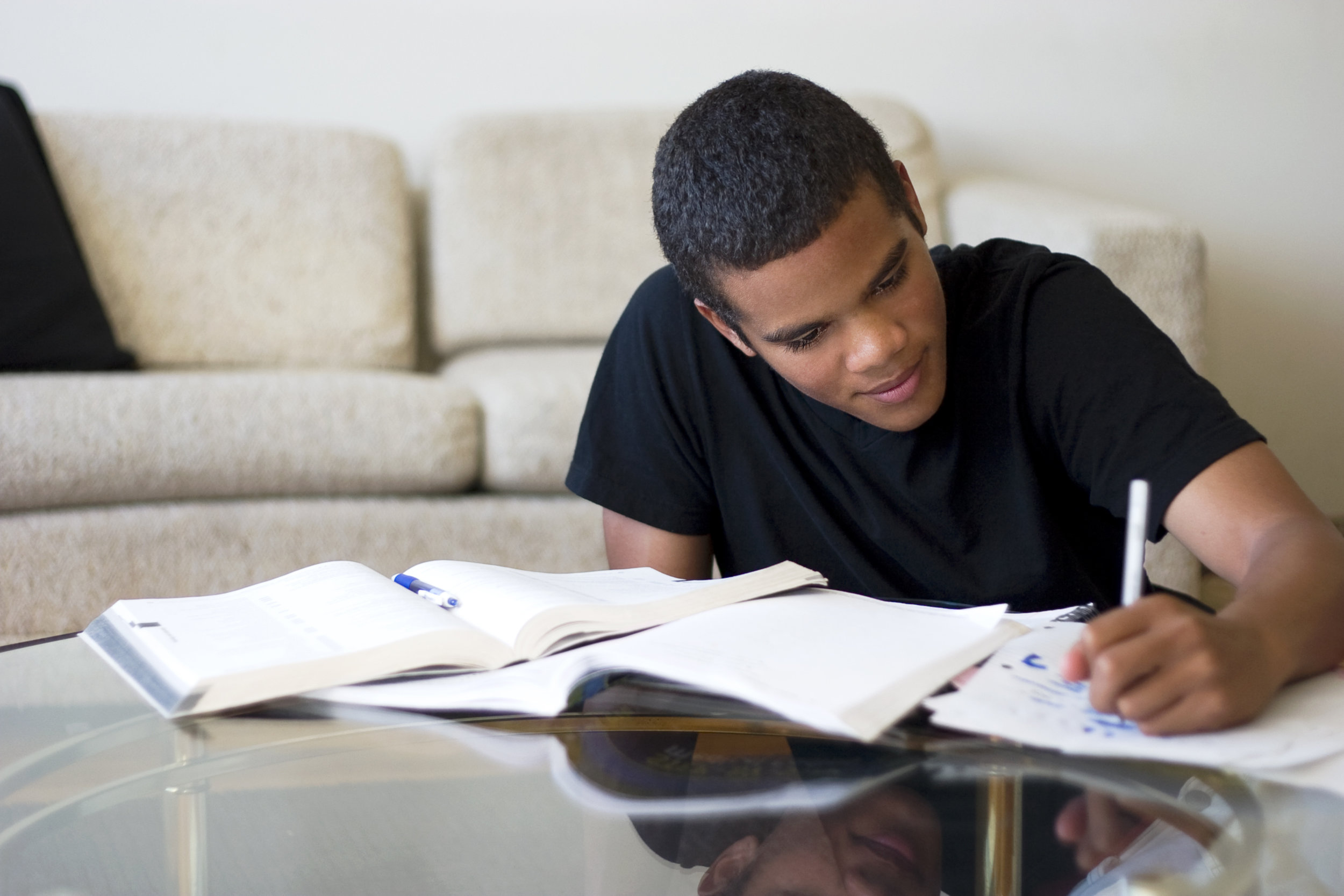How To Approach Problem-Solving
The phrase problem solving has been a buzzword in education in recent years. Containing more content, it is an express aim of the new-style GCSEs to train students to become better problem solvers. However, whilst a lot of time in the classroom is spent learning topics, problem solving skills are different. It comes one step after learning the relevant skills or concepts. Problem solving technique is the art of pulling up the right information at the right time and processing it in such a way as to arrive at a logical solution. Sound complicated? You might be glad to hear you get better at it with practice, and anything is possible if you can break it down into smaller problems.
The following is an approach developed by the mathematician George Polya in the classic How to Solve It (1945). Whilst this model was developed for maths problem solving you will probably find that it is useful for other subjects.
STEP ONE – Understanding the Question
Do not skimp on this step because it is crucial to everything that is to follow. If the rest of your solution is not working out, you might need to go back to this step.
- Do you understand all the words in the problem solving question? Can you rewrite the problem using your own words?
- Could you represent the problem as a picture or an equation?
- Can you work out what are the parts that you have, and what are the parts you are missing?
STEP TWO – Devising a Plan
Arguably the most difficult step, in a maths paper this is also where you could get the majority of marks (always show your working!).
- What are the series of steps that will get you from your known things to your unknown things?
- Strategies include solving an equation, spotting a pattern, guessing and checking.
- Have you seen a similar question before?
STEP THREE – Carrying out the Plan
Once you know what you need to do to solve a problem, doing it is the easier part. If your previous plan was logical, it shouldn’t fail you.
- Proceed with care, the biggest loss of marks for the strongest and weakest students is making unnecessary mistakes. Are your decimals in the correct place? Have you done the simple things correctly?
STEP FOUR – Looking Back
Aaaaaaaaand… check your work. This is not just check that you have carried out the addition correctly, this includes making a sense check. Is your question about the age of children, but your answer is 147 years? Something needs to be redone.
Best of luck out there! May you find the solution to every problem you encounter…
THESE REVISION TIPS WERE BROUGHT TO YOU BY ZOE O. SHE IS A MATHS, ENGLISH, FRENCH AND HISTORY TEACHER WITH US AT LOVE LEARNING.
Need more help? Try reading our blog post on our Top 10 memory tricks for revision.
Still struggling with study motivation? You might benefit from hiring a tutor.
Follow the link below to find out more:

